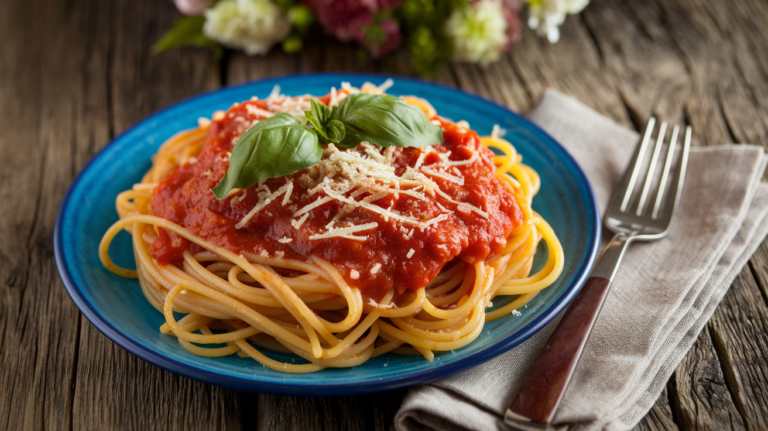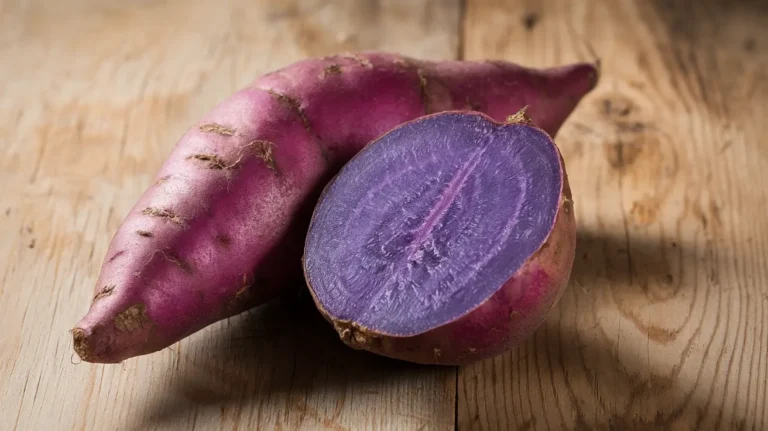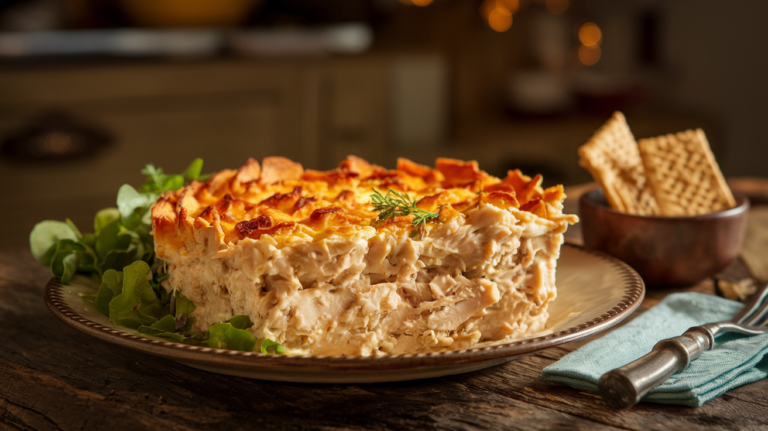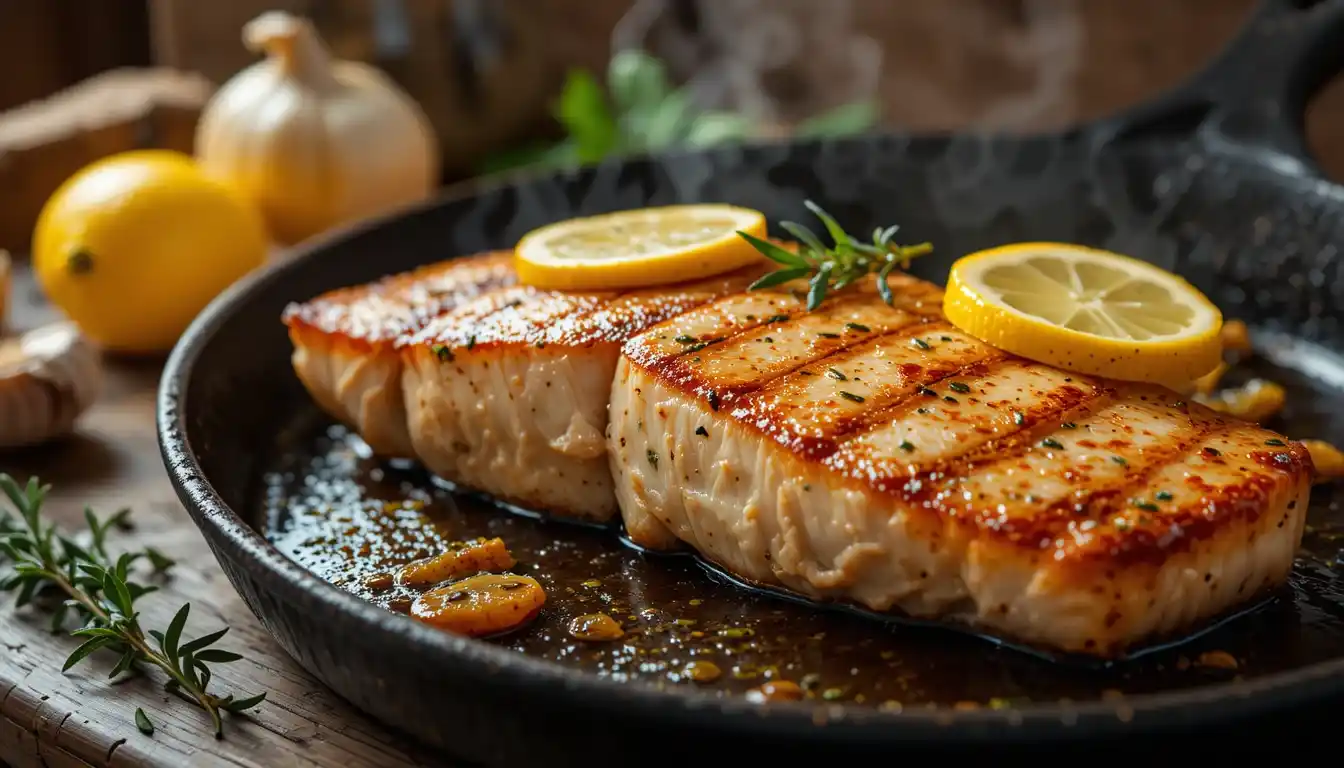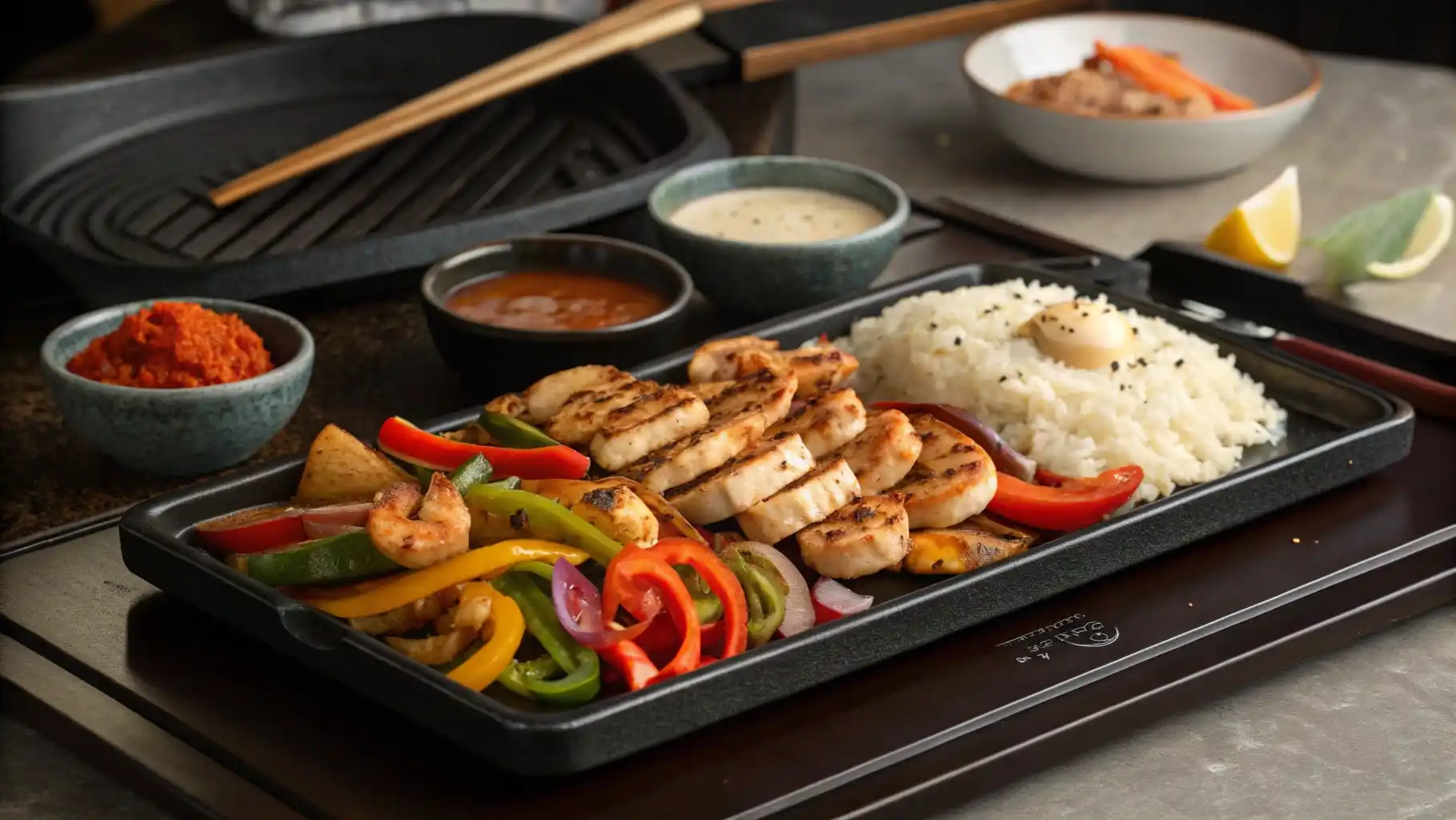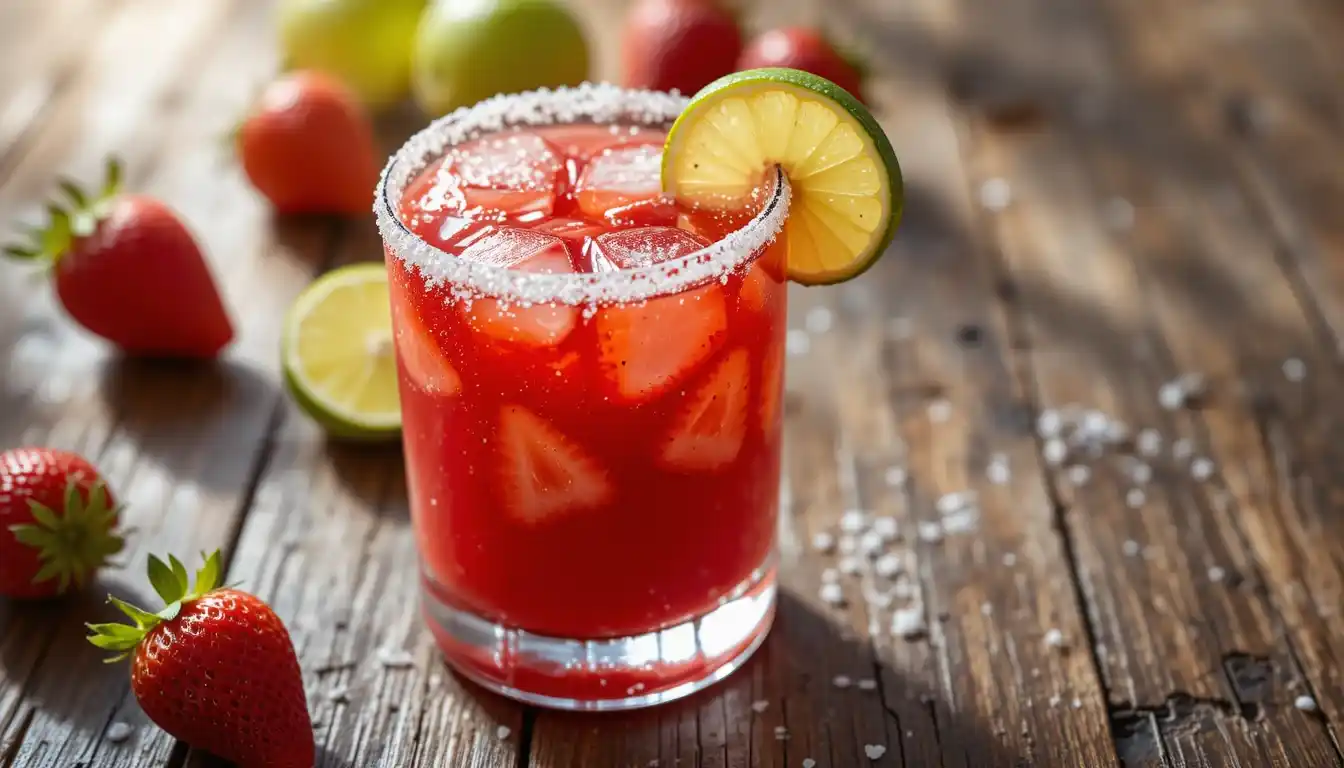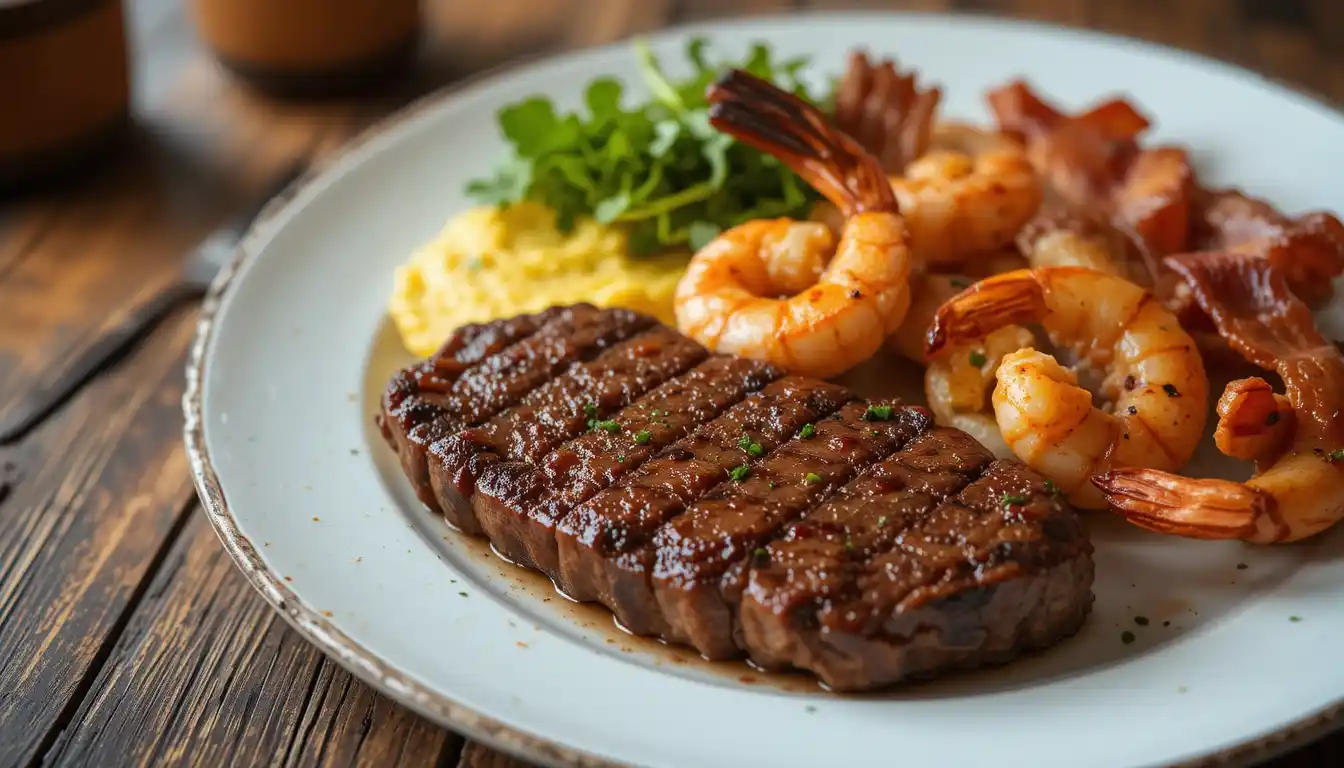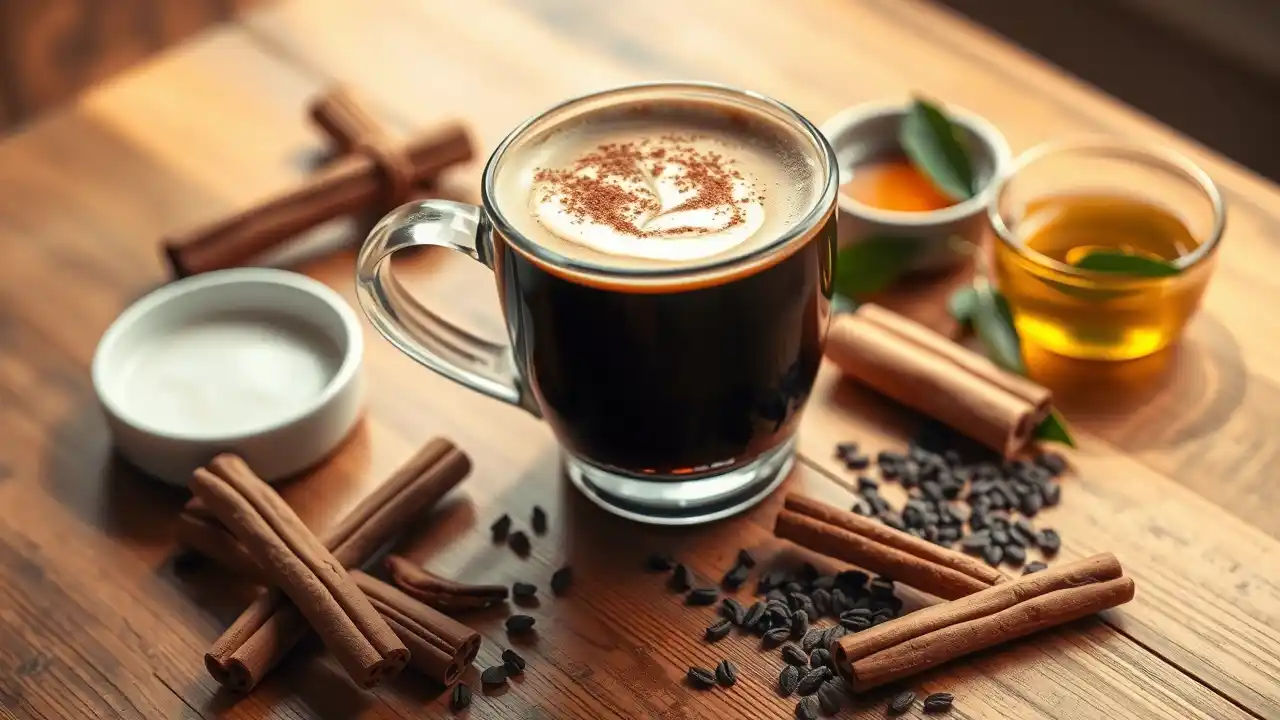Japanese rice crackers, known for their delightful crunch and diverse flavors, are a staple snack deeply rooted in Japan’s culture and culinary history. From the soft and airy arare to the robust and crispy senbei, these snacks cater to every palate, whether you crave something sweet, salty, or savory. This article dives into everything you need to know about Japanese rice crackers—their types, origins, preparation, and more. Let’s start our journey into the world of these irresistible snacks.
Table of contents
- Introduction to Japanese Rice Crackers
- Types of Japanese Rice Crackers
- History of Japanese Rice Crackers
- Ingredients and Preparation Methods
- Popular Japanese Rice Cracker Brands
- Pairing and Consumption
- FAQs About Japanese Rice Crackers
- Modern Innovations and Flavors
- Where to Buy Japanese Rice Crackers
- Conclusion
Introduction to Japanese Rice Crackers
What Are Japanese Rice Crackers? An Overview
What are Japanese rice crackers? They’re a delicious snack made from rice, known for their crunch and wide range of flavors. There are two main types: senbei and arare. Senbei are bigger and crispier, while arare are smaller and lighter. Makers often add flavors like soy sauce, seaweed, or even sweet toppings such as sugar or chocolate.
People in Japan love rice crackers for many reasons. You’ll find them at festivals, during tea time, or as a quick snack during the day. You can buy them anywhere, from small street stalls to fancy stores, making them a treat anyone can enjoy.
Cultural Significance
Rice is a big part of Japanese culture. It stands for unity and good fortune. Since rice crackers come from rice, they share this special meaning. Families eat them during celebrations, and they’re a common gift to show kindness. During tea ceremonies, rice crackers are the perfect match for the strong taste of green tea.
Each part of Japan puts its own twist on rice crackers. In Kyoto, you might find ones flavored with matcha, while Hokkaido’s versions might use cheese or butter. These local touches keep rice crackers exciting to try. They’re not just tasty—they’re also a small but important piece of Japanese culture.
Types of Japanese Rice Crackers
Senbei
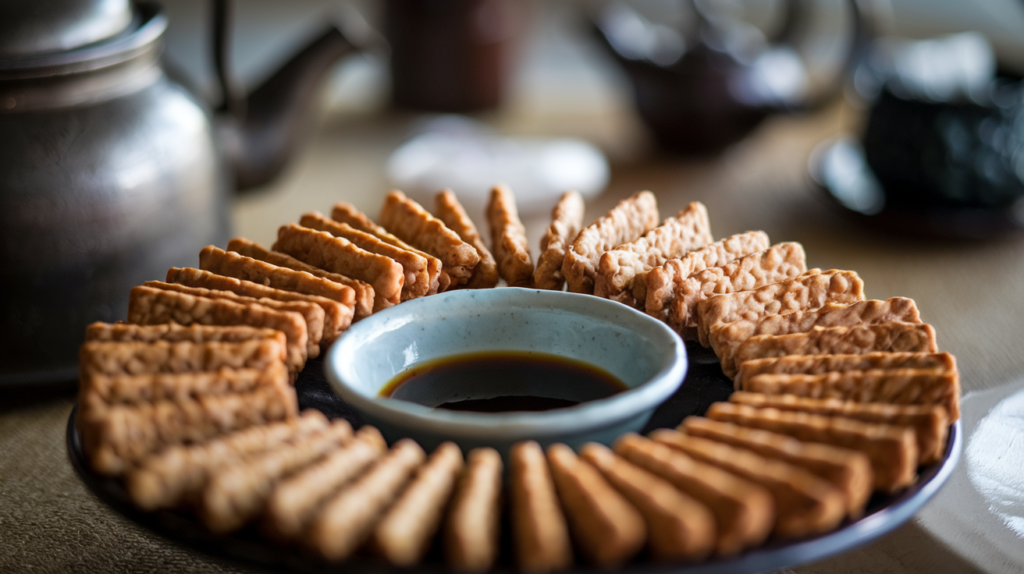
When you ask what are Japanese rice crackers, most people think of senbei. These crackers are big, crunchy, and often grilled or baked to give them a smoky taste. They’re made from glutinous rice and come in both savory and sweet varieties. The savory ones usually have a soy sauce glaze for a strong, flavorful kick. On the other hand, sweet senbei might be coated in sugar or honey.
Different parts of Japan make their own kinds of senbei. In Tokyo, they are thin and crispy, while Kansai versions are lighter with milder flavors. Many enjoy eating senbei with tea or sake, making it a favorite snack for all kinds of moments.
Arare
Arare is the smaller, bite-sized version of senbei. The word arare means “hailstones,” describing its small, round shape. People make arare from glutinous rice and cook them by frying or roasting.
These little crackers come in many flavors. Some are savory with soy sauce or seaweed, while others are sweet with sugar or sesame. During Hinamatsuri (Doll Festival), families serve colorful arare to celebrate. No matter the occasion, arare offers a fun snack for everyone.
Regional Variations
Japan’s regions add their own twists to rice crackers. In Kyoto, matcha-flavored senbei are popular, while Hokkaido is known for buttery or cheesy crackers. Tohoku makes spicy arare for those who like a fiery snack.
These unique styles show how creative Japanese snacks can be. Wherever you go in Japan, you’ll find a new twist on this classic treat.
History of Japanese Rice Crackers
The Origins of Japanese Rice Crackers
To fully understand what are Japanese rice crackers, it’s important to look at their history. These snacks go back to the Edo period (1603–1868). During this time, rice was not only food but also a symbol of wealth. Farmers used leftover rice to make simple crackers by grilling it over open fires.
Over the years, rice crackers grew in variety and popularity. By the Meiji era (1868–1912), factories began making them in large numbers. Today, they’re still loved by many, blending old traditions with modern flavors.
How Rice Shaped the Creation of Japanese Crackers
Rice is more than just a crop in Japan—it’s a symbol of good fortune and family unity. Rice crackers became a creative way to enjoy rice while honoring its cultural value. Families often shared these snacks during celebrations and festivals.
Even now, some rice crackers are handmade using old methods. This keeps their original flavors and shows respect for the craft. These snacks connect Japan’s modern life to its rich history of rice farming.th its agricultural heritage.
Ingredients and Preparation Methods
What Are Japanese Rice Crackers Made Of?
The primary ingredient in Japanese rice crackers is, of course, rice—specifically glutinous rice or non-glutinous rice, depending on the variety. Soy sauce, sugar, and salt are commonly used to flavor the crackers, giving them their signature savory or sweet taste. Additional toppings such as seaweed, sesame seeds, or even dried shrimp can enhance their flavor.
Traditional recipes use natural ingredients without additives, which ensures a clean, authentic taste. If you’re curious about more details, this guide on Japanese rice crackers offers further insights into their ingredients and history.
Traditional vs. Modern Japanese Rice Cracker Recipes
The way rice crackers are made has changed significantly over the years. Traditionally, artisans shaped rice dough by hand and grilled the crackers over charcoal, adding soy sauce or sugar glazes during the process. This method gave the crackers a smoky aroma and a unique texture.
In modern times, manufacturers use automated processes to produce rice crackers in large quantities while maintaining their authentic flavor. For example, industrial ovens ensure consistent cooking, while machines apply precise amounts of flavoring.
Whether traditional or modern, the methods highlight Japan’s dedication to preserving the quality and taste of these beloved snacks.
Popular Japanese Rice Cracker Brands
Kameda Seika: Leaders in Japanese Senbei Crackers
One cannot discuss what are Japanese rice crackers without mentioning Kameda Seika, Japan’s leading rice cracker producer. This brand has dominated the market with its wide range of products, from classic soy-flavored senbei to spicy arare. Their flagship product, Kaki no Tane, combines spicy crackers with peanuts, making it a household favorite.
Kameda Seika’s commitment to quality has earned them a global reputation, and they continue to innovate with new flavors and products that appeal to both traditionalists and modern snack lovers.
Other Brands Crafting Traditional Japanese Snacks
Several other brands have also made their mark. For example, Sanko Seika offers high-quality crackers with unique regional flavors like wasabi and matcha. Meanwhile, Echigo Seika specializes in handmade crackers that preserve traditional techniques. These brands provide a wide variety of options, ensuring there’s something for every taste.
For more delicious snack ideas, check out the Foodful Recipes guide on rice crackers to explore their versatility.
Pairing and Consumption
Perfect Pairings for Japanese Rice Crackers
When thinking about what are Japanese rice crackers, it’s essential to consider how they pair with other foods and drinks. These snacks are incredibly versatile and can complement a variety of beverages. For instance, the salty and umami-rich flavors of senbei go wonderfully with green tea, creating a balance between the cracker’s savoriness and the tea’s bitterness.
On the other hand, sweet rice crackers, like sugar-coated arare, pair well with coffee or milk, offering a delightful contrast. For those who enjoy alcoholic beverages, rice crackers are a favorite with sake or beer. The crisp texture and rich flavors of the crackers enhance the drinking experience, making them a perfect addition to any gathering.
When to Enjoy Your Favorite Japanese Crackers
Rice crackers are more than just snacks; they’re a part of Japanese traditions and daily life. You’ll find them served at tea ceremonies, where their subtle flavors complement the ritual’s elegance. During festivals, colorful and uniquely flavored crackers add to the celebration’s joy.
Even outside special occasions, rice crackers are a go-to snack. Whether you’re enjoying a quiet moment with tea or sharing a bowl of crackers during a family movie night, these snacks fit seamlessly into any moment. Their convenience and variety make them a staple in Japanese households and beyond.
FAQs About Japanese Rice Crackers
Are Japanese Rice Crackers Gluten-Free?
Many Japanese rice crackers are gluten-free because they’re made from rice, which is naturally free of gluten. However, some varieties may use soy sauce or other flavorings that contain wheat. It’s always a good idea to check the ingredients if you’re avoiding gluten.
How Are Senbei Different From Arare Crackers?
While both are types of rice crackers, senbei and arare differ in size, texture, and preparation. Senbei are larger, often grilled or baked, and usually have a firmer crunch. In contrast, arare are smaller, lighter, and typically fried. Their flavors also vary, with arare often including sweeter options.
Where Can You Find Japanese Rice Crackers?
Absolutely! Japanese rice crackers have gained worldwide popularity and are now available in many international supermarkets and online stores. Whether you’re craving classic senbei or unique arare flavors, you can find these snacks almost anywhere. Curious to know more? A deeper dive into what are Japanese rice crackers reveals their global appeal and enduring charm.
Modern Innovations and Flavors
Unique Flavors in Japanese Senbei and Arare
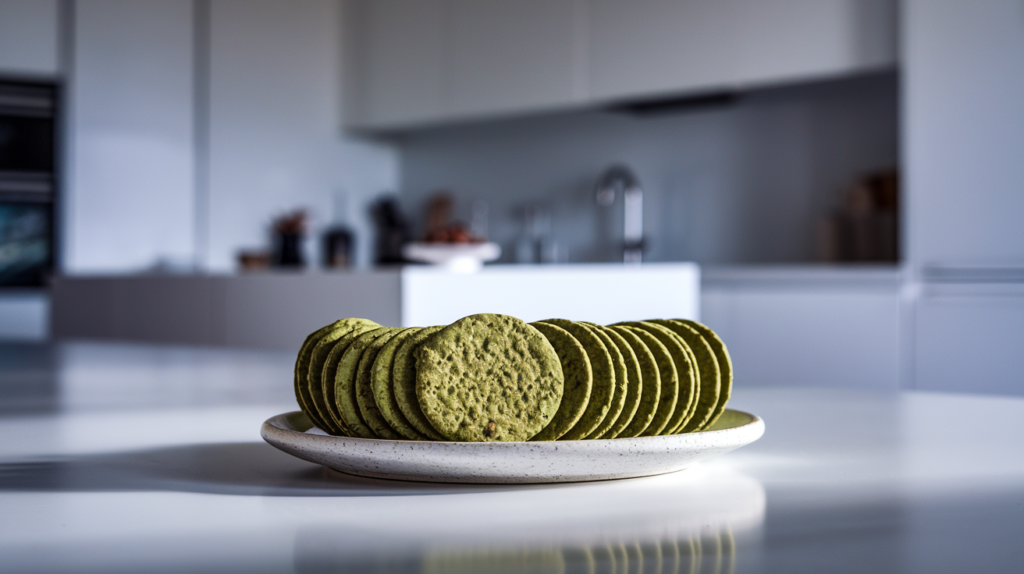
When you ask what are Japanese rice crackers, their growing range of flavors adds to the excitement. These days, you can enjoy crackers with bold new tastes like wasabi, matcha, and even chocolate. These creative ideas appeal to adventurous eaters and help introduce this snack to more people around the world.
One favorite modern twist is chocolate-coated senbei, blending sweet and salty flavors for a fun mix. Spicy arare with chili or pepper is another popular choice, perfect for those who enjoy a little heat. These new options keep rice crackers fresh and exciting while staying true to their roots.
How Japanese Crackers Adapt to Global Tastes
As rice crackers gain fans around the world, many makers adjust the flavors to match local tastes. In the U.S., for example, barbecue and cheese-flavored crackers are common. In Southeast Asia, sweet and spicy blends are a hit. These changes show how rice crackers continue to evolve while staying connected to their Japanese origin.
Even with all these updates, rice crackers still hold on to their heart: the love of rice and the craft of making snacks with the perfect balance of flavor and texture.
Where to Buy Japanese Rice Crackers
Best Places to Buy Japanese Rice Crackers in Japan
If you’re in Japan, finding rice crackers is simple and rewarding. You’ll see them in convenience stores, supermarkets, and specialty shops. Some high-end stores sell beautifully packaged crackers, which make great souvenirs. In places like Tokyo’s Asakusa or Kyoto’s Nishiki Market, you can even watch artisans make the crackers right in front of you.
How to Shop Online for Japanese Crackers
If you’re not in Japan, don’t worry! Many online stores now deliver rice crackers worldwide. Websites like Amazon and Rakuten offer plenty of choices, from classic senbei to unique regional flavors. Specialty Asian markets and snack-focused sites also stock a variety of options. For more on what are Japanese rice crackers, browsing these stores can give you a better idea of their variety and appeal.
Wherever you are, these buying options ensure you can enjoy the crunch and flavor of Japanese rice crackers anytime.
Conclusion
Discovering the World of Japanese Rice Crackers
When thinking about what are Japanese rice crackers, it’s clear they are more than just snacks. These delightful treats represent centuries of Japanese tradition, blending craftsmanship, culture, and flavor. From the crispy crunch of senbei to the bite-sized joy of arare, each cracker tells a story rooted in Japan’s love of rice.
Whether you enjoy them with tea, pair them with sake, or savor them as a midday snack, rice crackers offer a little something for everyone. Their endless variety—from traditional soy sauce-glazed crackers to modern chocolate-coated twists—ensures they remain a favorite across generations and around the globe.
As you explore the world of Japanese rice crackers, you’ll find that they are not just food but an experience—a window into Japan’s culinary creativity and history. So, the next time you reach for a bag of these snacks, remember you’re enjoying a piece of Japanese culture with every bite.
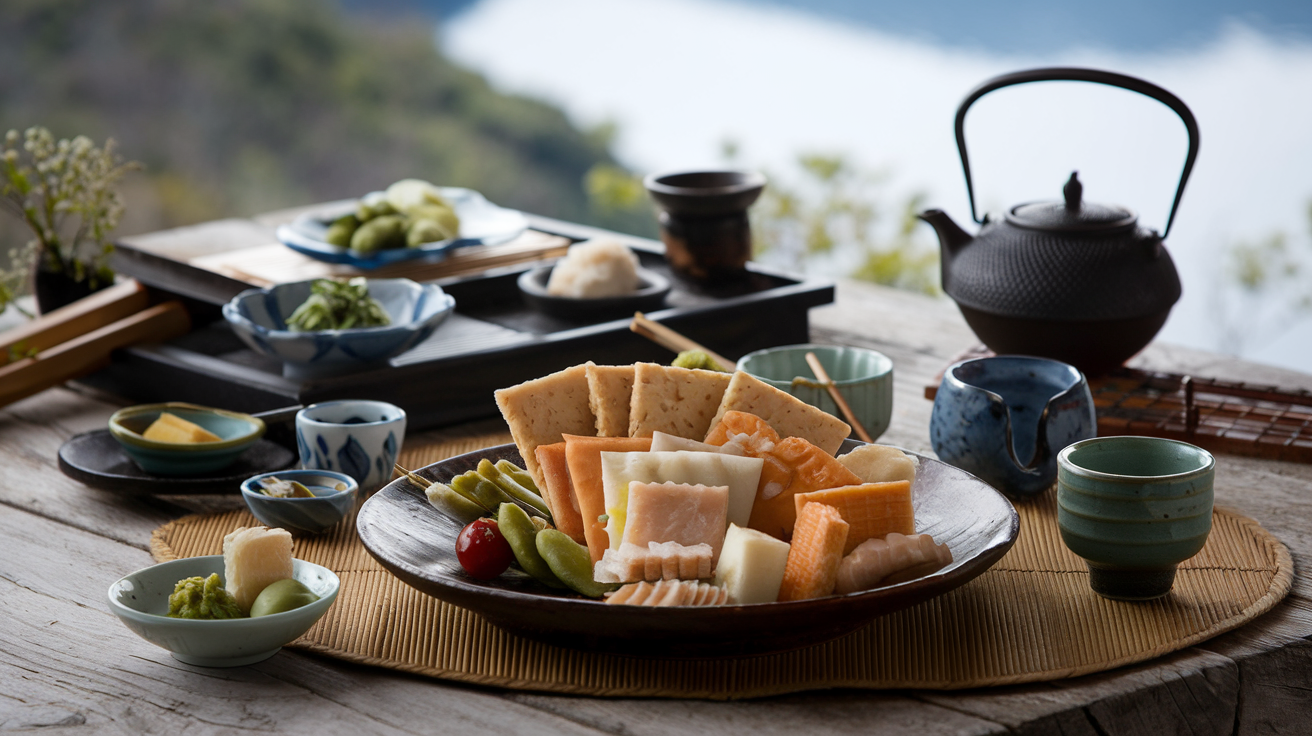
Japanese Rice Crackers
Equipment
- Oven
- Baking Sheet
Ingredients
- 2 cups Glutinous Rice for making the base of the crackers
- 2 tbsp Soy Sauce for savory flavor
- 1 tbsp Sugar for sweet varieties
- 1 tbsp Sesame Seeds optional topping
- 1 tbsp Seaweed Flakes for a seaweed-flavored cracker
Instructions
- Preheat the oven to 375°F (190°C).
- Cook the glutinous rice according to package instructions and let it cool.
- Once cooled, blend the rice with soy sauce, sugar, and any optional toppings like sesame seeds or seaweed flakes.
- Spread the rice mixture evenly on a baking sheet and bake for 10 minutes or until crispy.
- Let the rice crackers cool and serve as a delicious snack or pairing with tea.

